BLOG
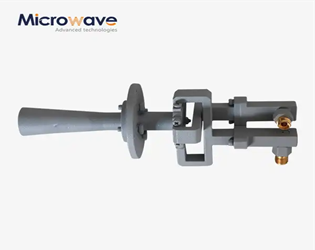
Enhancing EMC Testing Accuracy with Broadband Conical Linear Polarization Horn Antennas
October 30, 2025
Electromagnetic Compatibility (EMC) testing faces mounting challenges as electronic devices become increasingly complex and operate across broader frequency ranges. Traditional testing methods often fall short when it comes to achieving precise measurements, particularly in environments where interference patterns vary dramatically. The struggle to maintain consistent signal integrity while testing across multiple frequency bands has led many engineers to seek more reliable solutions. This is where the revolutionary Conical Linear Polarization Horn Antenna emerges as a game-changing technology, offering unparalleled accuracy and stability for comprehensive EMC testing applications across industries ranging from aerospace to telecommunications.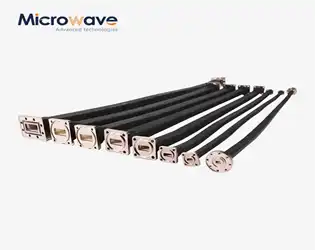
Flexible Twistable Waveguide vs Traditional: Performance Analysis
October 30, 2025
When microwave engineers face the challenge of connecting components in complex, space-constrained systems, traditional rigid waveguides often become their biggest obstacle. Signal integrity degradation, installation difficulties, and maintenance complications plague conventional solutions. The Flexible Twistable Waveguide emerges as a revolutionary solution that addresses these critical pain points while maintaining superior performance standards. This comprehensive analysis explores how flexible twistable technology outperforms traditional rigid waveguides across multiple performance metrics, providing engineers with the insights needed to optimize their microwave transmission systems.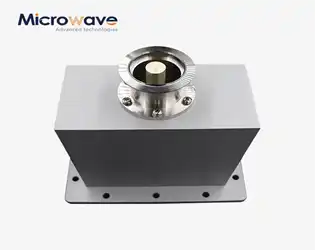
Low VSWR, High Stability: The Hallmarks of Our End Launch Waveguide to Coaxial Adapter
October 30, 2025
In today's demanding microwave applications, engineers face critical challenges when signal integrity becomes compromised due to poor VSWR performance and unstable connections. Whether you're working on satellite communications, aerospace radar systems, or high-frequency telecommunications, the frustration of dealing with signal reflections, power loss, and unreliable performance can derail entire projects. The End Launch Waveguide to Coaxial Adapter emerges as the definitive solution, delivering exceptional VSWR performance below 1.3:1 and unmatched stability across frequencies up to 110 GHz, ensuring your critical RF systems operate at peak efficiency without compromise.
China Waveguide Couplers Wholesale: Top Suppliers 2025
October 29, 2025
Finding reliable waveguide coupler suppliers in China can be overwhelming when your satellite communication system demands precision or your defense radar requires uncompromising signal integrity. The Double-Ridged Waveguide Broadwall Directional Coupler market in 2025 presents unique challenges for procurement managers and RF engineers who need to balance high performance, cost-effectiveness, and dependable delivery schedules. This comprehensive guide reveals how to identify top Chinese suppliers who deliver exceptional quality waveguide couplers that meet international standards while offering competitive wholesale pricing for your critical microwave applications.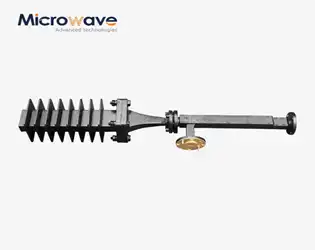
Waveguide Fixed Attenuator Suppliers & Factory - Wholesale
October 29, 2025
When your satellite communication system experiences signal distortion or your radar equipment delivers inconsistent readings due to uncontrolled power levels, the root cause often traces back to inadequate signal attenuation solutions. Finding reliable Waveguide Fixed Attenuator suppliers who can deliver precision-engineered components at wholesale prices becomes critical for maintaining system integrity and avoiding costly downtime. This comprehensive guide explores everything you need to know about sourcing high-quality waveguide fixed attenuators from trusted manufacturers and factories, ensuring your high-frequency applications perform at optimal levels while controlling costs effectively.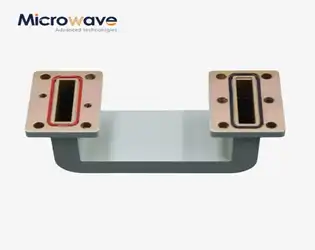
Double-bend Waveguide vs. Flexible Waveguide: Which Is Better for Your Application?
October 29, 2025
Picture this: your satellite ground station has just a few centimeters of clearance between equipment racks, yet you need to route high-frequency signals with zero degradation. The wrong waveguide choice here means signal loss, system failure, and costly redesigns. Engineers in aerospace, radar, and telecommunications face this dilemma daily when selecting between double-bend waveguide and flexible waveguide solutions. Understanding which technology suits your specific constraints—whether space limitations, signal integrity requirements, or installation flexibility—can mean the difference between optimal system performance and compromised results.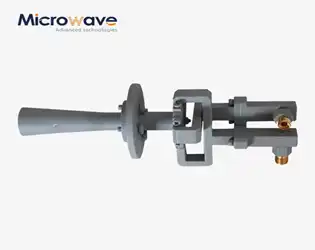
What is the polarization of conical horn antenna?
October 28, 2025
When engineers face signal degradation issues in satellite communications or radar systems, understanding antenna polarization becomes critical. The polarization of conical horn antennas is primarily linear polarization, achieved through their symmetrical conical design that maintains consistent electromagnetic field orientation. A Conical Linear Polarization Horn Antenna offers exceptional signal stability and directional control, making it indispensable for high-frequency applications where precise signal transmission is paramount for mission-critical operations.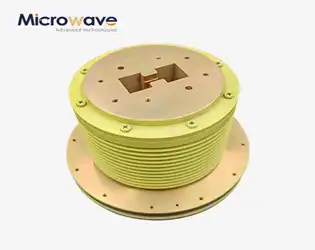
What Makes Double Ridge Waveguide Rotary Joints Essential for 5G and Satellite Systems?
October 28, 2025
In today's rapidly evolving telecommunications landscape, system engineers face critical challenges when designing 5G base stations and satellite communication networks that require continuous 360-degree rotation while maintaining signal integrity across wide frequency ranges. The answer to maintaining seamless microwave signal transmission during continuous rotation lies in the advanced engineering of Double Ridge Waveguide Rotary Joints. These specialized components solve the fundamental problem of signal degradation that occurs when traditional waveguides attempt to transmit high-frequency signals through rotating mechanical assemblies, making them absolutely essential for next-generation wireless infrastructure and space communication systems.




